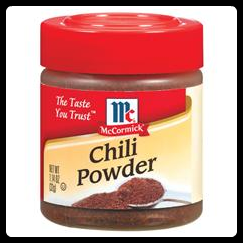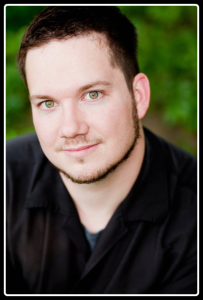 I like to cook. Sometimes. To a limited extent. Well…no, not really.
I like to cook. Sometimes. To a limited extent. Well…no, not really.
Let me start over.
I’m a notoriously picky eater, so for the most part I don’t love to eat what I know objectively to be delicious foods. I have a limited repertoire of things I like, and I like them prepared my way. In order to get that, from time to time, I’m willing to cook.
I started with salsa. I love a good salsa, but something about the texture of the stewed vegetable chunks just gets to me. I prefer it with the vegetables finely chopped (or even blended).
When I lived in Wichita, there was a restaurant that prepared their salsa that way. Carlos O’Kelly’s. I loved the place. I’d go and stay for hours, just eating limitless chips and salsa. Ah, to be young again….
But they stopped. The year before we moved away, they decided to reinvent their salsa recipe, and they switched to a “thick and chunky” style, and I’ve never liked it since.
I’ve never really found a great replacement, either. I know some places that do fine-chopped salsa, but it’s too sweet or too vinegary or too heavy on the cumin. And I know lots of places that make delicious salsa, but I’ve got to tolerate the textures.
So, four or five years back, I decided to learn how to make my own salsa. I bought a bunch of vegetables, and started iterating. I had trouble with the tomatoes, though. Every time I tried making it with fresh tomatoes, the tomato taste overwhelmed everything else.
So I turned to an old family standby: Rotel Canned Tomatoes and Chilis. Opened a can of that, dumped it in the blender for ten seconds, added some fine-chopped onions and jalapenos, some cilantro, a few spices…and voila, a perfect salsa.
It was a little depressing to realize I’d spent a month testing and perfecting, trying to come up with my own personal recipe for salsa, and I ended up using a canned product. Worse yet, I decided to try out the Rotel Mexican Festival one time, and it was almost exactly what I got from all my little additions.
I could blend up a can of that, sprinkle in some chili powder to make it just a touch spicier, and there was my salsa. Of course, it makes sense. They were trying to make exactly the product I was looking for. It didn’t really satisfy my creative yearning, though. I wanted to make something my own.
So I turned to another of my absolute favorite foods that suffered from the same problem. Chili. Oh, I’m a huge fan. I don’t like the big slimy stewed tomatoes lurking under the surface, though, or huge chunks of onion that go crunch when you’re eating a soup.
I did a little research, looking into chili recipes, and found myself reading the same ingredients lists I’d gotten familiar with when I made my salsa. It’s basically some meat, some beans, some salsa, a few extra spices that don’t really work in salsa, and a little extra tomato sauce.
So I went through the whole process again. I tried making it from scratch. Then I tried making it with a batch of my salsa to simplify things, and it was just as good. I was still adding some cumin and habanero, and I was leaving out the cilantro so I was back to using the basic Rotel.
But then I discovered a new product on the aisle at Wal-Mart. Rotel Chili Fixin’s. (The apostrophe represents the missing “g,” it’s not a bad pluralizer. I promise.) And you know what? It was just what I wanted.
Ten seconds in the blender, mixed with a little fine-chopped onion, meat, and beans, and then stewed in a pot for half an hour or so. It makes a remarkable dinner. I like to add a little extra chili powder to make it spicier, but that’s just me.
This week we had a Christmas party for the Consortium. I’ll probably talk it up elsewhere, but I wanted to mention it while we’re talking about my culinary peculiarities. See…as the party was approaching (and all the Christmas festivities in general), Trish felt like trying some new things, making some new recipes. She asked me if I had any requests.
And I said, “Ooh, Chex Mix! Not like the kind in a bag, but real party Chex Mix. With peanuts.” (Why don’t they include peanuts in Chex Mix? Seriously.)
She did her research, found a recipe for what I was wanting, mixed it up, and we tried it out a couple days before the party. It was excellent. Delicious. Incredible.
But I felt like it was missing something. It needed a little more zing, to make it perfect. So, the night of our party, I asked her to make up another batch, and this time (you guessed it) I added chili powder.
I’m a remarkably creative person. I really am. It just…it doesn’t show up in the kitchen. Apparently when it comes to cooking, the entire vast panorama of my creative genius collapses to a single point:
- Add chili powder.










